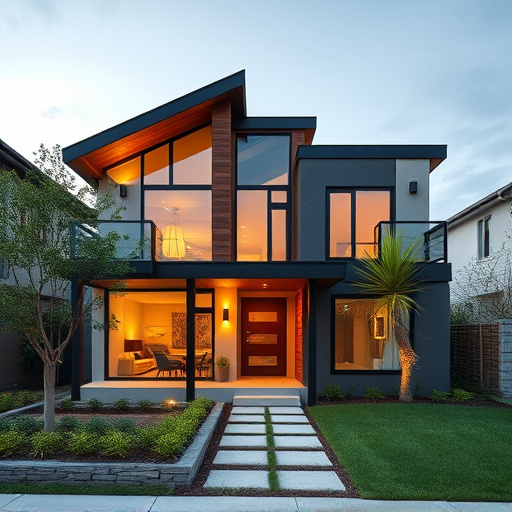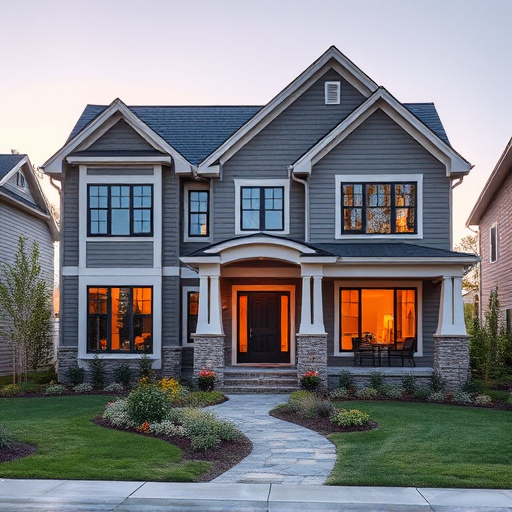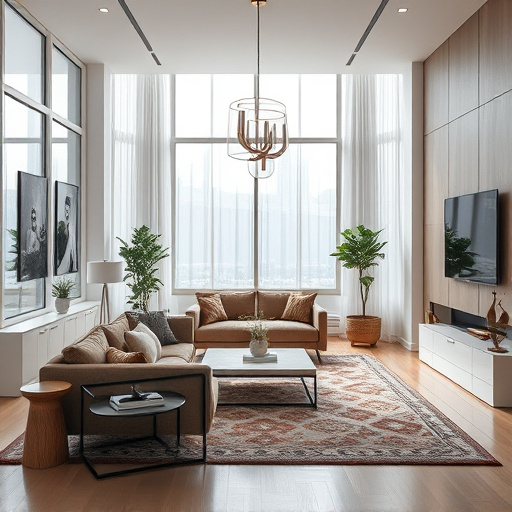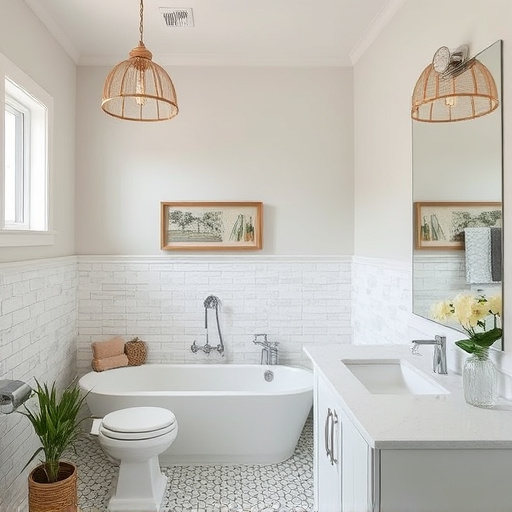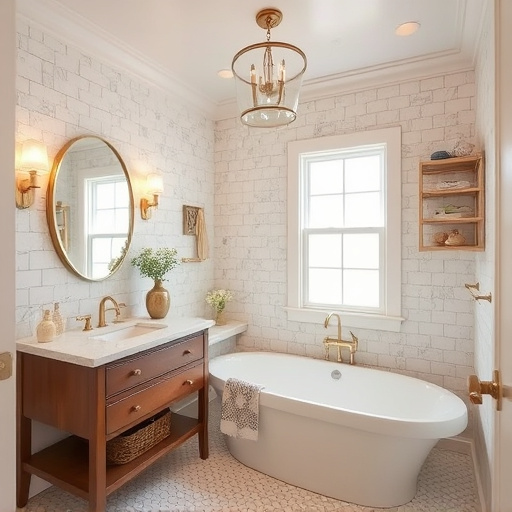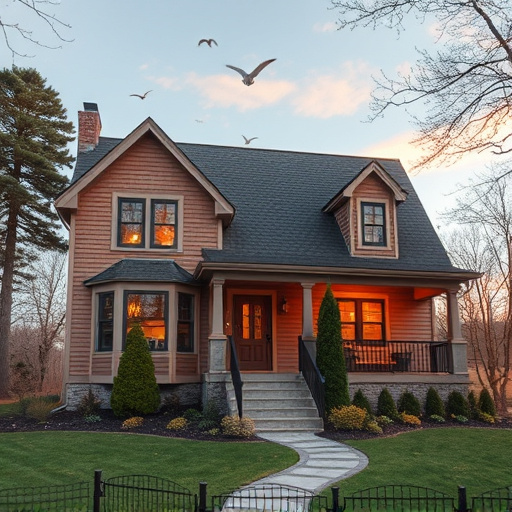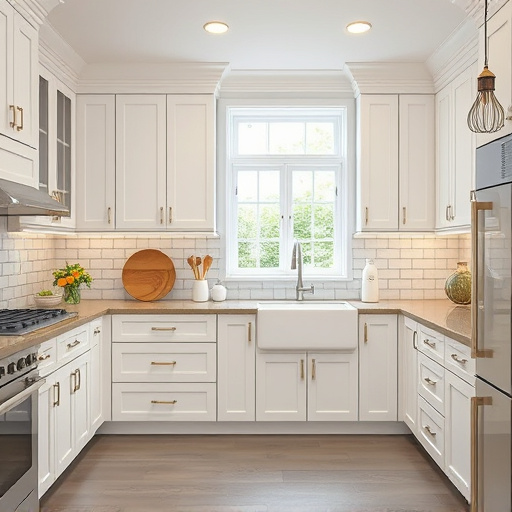The custom homes market showcases distinct trends between urban and rural settings. Cities drive demand for modern, efficient spaces with global influences, catering to city dwellers' need for seamless indoor-outdoor living. Rural areas, however, favor traditional designs emphasizing privacy, nature connections, and spacious interiors tailored to larger families and outdoor lifestyles. Both markets prioritize practical appeal alongside aesthetic value, with urban centers focusing on luxury tech and rural areas offering energy-efficient, historic restorations or off-grid solutions. These preferences shape diverse custom home design trends across various landscapes.
“Uncovering the Nuances of Custom Home Building: Urban vs. Rural Settings
This article delves into the distinctive world of custom home construction, exploring how geographical settings profoundly influence design, market dynamics, and regulatory aspects. From understanding demographic preferences in urban centers to navigating rural zoning laws, we analyze the evolving landscape of custom homes. Learn about adapting architectural styles, managing space in bustling cities versus open countryside, and the cost implications that make these unique building endeavors both exciting and challenging.”
- Understanding Urban and Rural Custom Home Building Markets
- – Exploring demographic and cultural differences in custom home preferences
- – Market trends and demand variations in urban versus rural areas
Understanding Urban and Rural Custom Home Building Markets
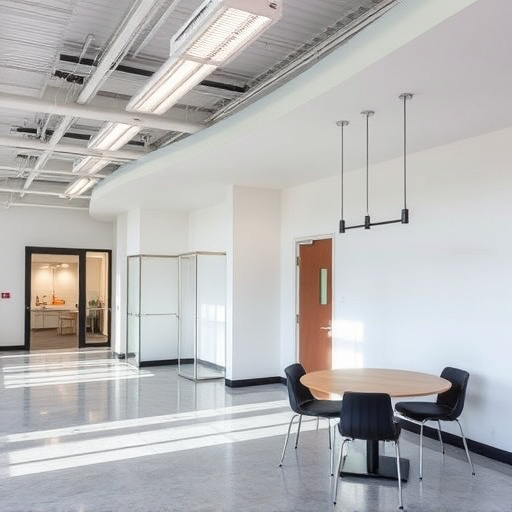
The market for custom homes varies greatly when comparing urban to rural settings. In bustling urban centers, demand for custom-built abodes is typically high, driven by a population seeking unique living spaces that cater to their specific needs and preferences. These metropolitan areas often feature intricate cityscapes with diverse architectural styles, influencing the design trends in custom home building. Homeowners here might opt for modern, open-concept layouts or historic renovations, sometimes incorporating sustainable features to align with urban sustainability goals.
Conversely, rural areas present a different landscape, where the market may be more niche and focused on specific types of homes, such as expansive estates, off-grid residences, or farmsteads. Rural custom home buyers often prioritize connections to nature, privacy, and spacious interiors, leading to designs that embrace the surrounding environment. While urban settings encourage bold interior transformations like bathroom remodels and exterior paint jobs to stand out, rural homes might focus more on seamless integration with the landscape, emphasizing functional design elements that blend in harmoniously.
– Exploring demographic and cultural differences in custom home preferences
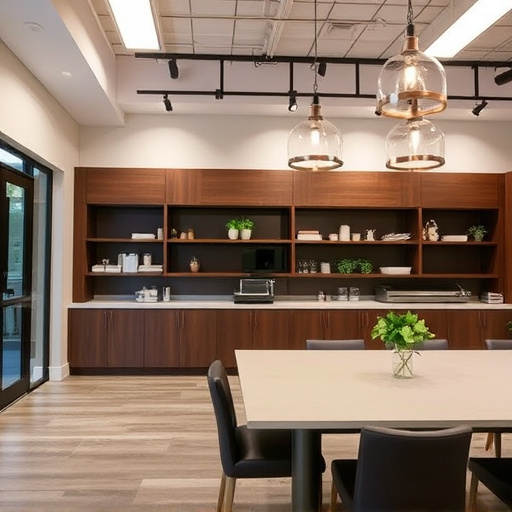
In urban settings, the demand for custom homes often reflects a blend of modern aesthetics and efficient space utilization. Demographically, city dwellers typically prioritize open-concept living spaces that seamlessly integrate indoor and outdoor environments, catering to a lifestyle characterized by hustle and bustle. Cultural influences also play a significant role; urbanites might seek designs inspired by global architectural trends or specific regional styles, such as incorporating rooftop gardens or integrating smart home technologies. This preference for contemporary, technologically advanced homes is evident in the popularity of renovations like kitchen upgrades and bathroom remodels that enhance lifestyle and convenience.
Conversely, rural areas present a different picture. Custom home preferences here tend to lean towards more traditional, functional designs that harmonize with the surrounding landscape. Demographically, rural residents often prioritize spacious floor plans accommodating larger families or multiple room remodel projects for extended stays. The focus is on creating comfortable, welcoming spaces that foster a sense of community and connection with nature. While kitchen renovations and bathroom remodels are still relevant, these upgrades may be driven by practical considerations rather than purely aesthetic ones, aligning with the slower-paced rural lifestyle.
– Market trends and demand variations in urban versus rural areas
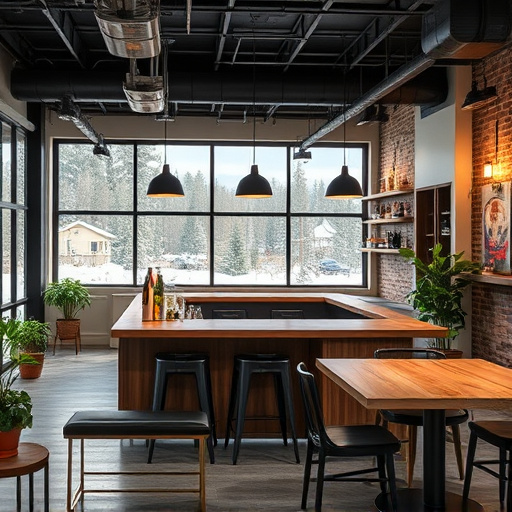
In urban settings, there’s a consistent demand for custom homes, driven by the rising population and limited housing stock. Cities like metropolitan areas attract young professionals, families, and retirees seeking modern amenities and convenient access to employment opportunities, education, and entertainment. This drives the market towards luxury custom homes that incorporate the latest architectural designs and smart home technologies. In contrast, rural areas exhibit a more varied picture. Here, demand for custom homes is often tied to specific niches, such as vacation retreats, retirement homes, or off-grid living solutions.
While urban buyers prioritize floor replacements and kitchen renovations to suit their active lifestyles, rural residents may focus on spacious layouts tailored to outdoor hobbies, home offices for remote work, and energy-efficient features for sustainability. Market trends in rural areas also reflect a growing interest in historic restoration and renovation projects, as folks seek to preserve the character of their communities. These variations in demand highlight the diverse preferences and needs of homebuyers across urban and rural landscapes.
When considering the construction of custom homes, whether in urban or rural settings, it’s evident that both environments present unique opportunities and challenges. Urban markets, characterized by dense populations and diverse cultural preferences, demand homes that blend seamlessly into the existing landscape, often featuring modern designs and smart technology integrations. In contrast, rural areas attract builders with a focus on spacious layouts, incorporating natural materials and self-sufficiency features to accommodate larger families and outdoor lifestyles. Understanding these distinctions is key to catering to specific client needs and ensuring successful custom home projects in their chosen environments.






